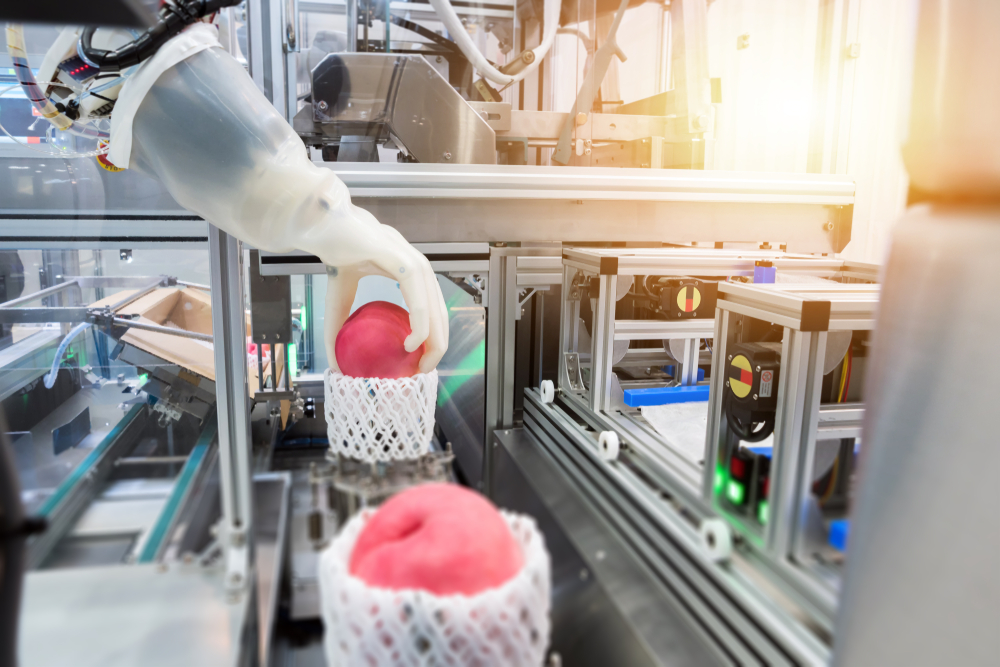Holonomic Manufacturing: Redefining Production Flexibility
Revolutionizing industrial operations, holonomic manufacturing emerges as a game-changing approach to production flexibility. This innovative methodology combines advanced robotics, intelligent systems, and modular design to create adaptable manufacturing environments capable of rapid reconfiguration. As businesses face increasing pressure to respond swiftly to market demands, holonomic manufacturing offers a promising solution for enhanced agility and efficiency.

Origins and Evolution of Holonomic Manufacturing
The roots of holonomic manufacturing can be traced back to the early 2000s when researchers began exploring ways to enhance the flexibility and adaptability of production systems. Drawing inspiration from biological systems and their ability to adapt to changing environments, engineers and scientists sought to develop manufacturing processes that could exhibit similar levels of responsiveness and versatility.
The concept gained traction as advancements in robotics, sensors, and artificial intelligence made it increasingly feasible to create highly adaptable production environments. Early experiments focused on developing modular production units that could be easily reconfigured to accommodate different products or processes. These efforts laid the groundwork for what would eventually become holonomic manufacturing.
Key Components of Holonomic Manufacturing Systems
Holonomic manufacturing systems are characterized by several key components that work together to create a highly flexible and adaptive production environment:
-
Modular Production Units: These self-contained units can be easily rearranged or replaced to accommodate different production needs.
-
Advanced Robotics: Highly versatile robots capable of performing a wide range of tasks with minimal reprogramming.
-
Intelligent Control Systems: AI-powered control systems that can optimize production processes in real-time based on changing conditions and requirements.
-
Flexible Conveyor Systems: Adaptable material handling systems that can be quickly reconfigured to support different production flows.
-
Plug-and-Play Interfaces: Standardized interfaces that allow for rapid integration of new equipment or modules into the existing production system.
Benefits and Advantages of Holonomic Manufacturing
The adoption of holonomic manufacturing offers numerous benefits to businesses across various industries:
-
Increased Flexibility: Holonomic systems can quickly adapt to changes in product design, production volume, or market demand without significant downtime or retooling.
-
Improved Efficiency: By optimizing production processes in real-time, holonomic manufacturing can significantly reduce waste and improve overall efficiency.
-
Enhanced Customization: The ability to rapidly reconfigure production lines enables manufacturers to offer greater product customization without sacrificing efficiency.
-
Reduced Time-to-Market: The flexibility of holonomic systems allows for faster product development cycles and quicker responses to market trends.
-
Cost Savings: While initial investment may be high, the long-term cost savings from increased efficiency and reduced downtime can be substantial.
Challenges and Considerations in Implementing Holonomic Manufacturing
Despite its potential benefits, implementing holonomic manufacturing systems comes with several challenges:
-
High Initial Costs: The advanced technology required for holonomic manufacturing can represent a significant upfront investment.
-
Complexity: Designing and managing holonomic systems requires specialized expertise and may necessitate extensive training for existing staff.
-
Integration with Legacy Systems: Incorporating holonomic principles into existing manufacturing environments can be challenging and may require significant modifications.
-
Standardization Issues: The lack of industry-wide standards for holonomic systems can complicate integration and interoperability between different components.
-
Cybersecurity Concerns: The increased reliance on interconnected systems and data exchange in holonomic manufacturing raises potential cybersecurity risks that must be addressed.
Future Prospects and Industry Impact
As technology continues to advance, the potential applications and impact of holonomic manufacturing are expected to grow. Industry experts predict that this approach could become increasingly prevalent in sectors such as automotive manufacturing, consumer electronics, and aerospace, where flexibility and rapid adaptation to market demands are crucial.
The widespread adoption of holonomic manufacturing could lead to significant shifts in global supply chains and production strategies. Manufacturers may be able to establish more localized production facilities capable of serving diverse market needs, potentially reducing the reliance on large-scale, centralized manufacturing hubs.
Implementing Holonomic Manufacturing: Key Strategies
• Conduct a thorough assessment of current production processes to identify areas that could benefit from increased flexibility
• Invest in modular production equipment and robotics systems designed for easy reconfiguration
• Develop a comprehensive data strategy to support real-time decision-making and process optimization
• Prioritize staff training and development to ensure smooth adoption of new technologies and methodologies
• Collaborate with technology providers and industry partners to stay abreast of the latest developments in holonomic manufacturing
In conclusion, holonomic manufacturing represents a significant leap forward in production flexibility and efficiency. As businesses continue to grapple with rapidly changing market demands and increasing pressure for customization, this innovative approach offers a promising solution. While challenges remain in terms of implementation and standardization, the potential benefits of holonomic manufacturing make it a trend worth watching for forward-thinking industrial leaders.




